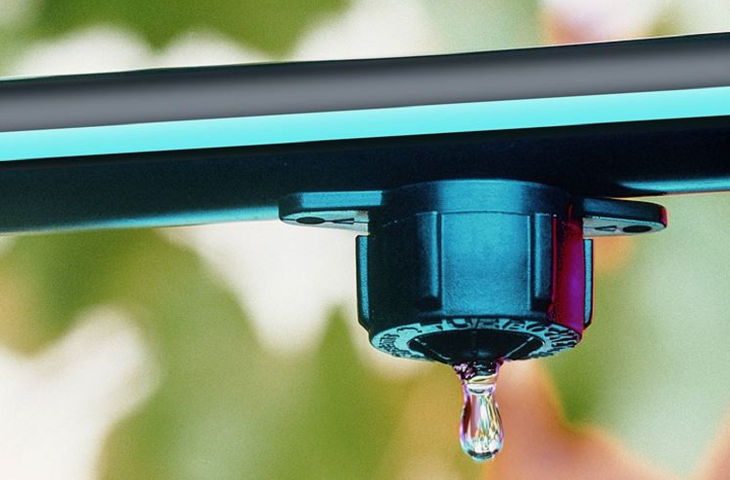MILAN – The drip irrigation system, also known as localised irrigation, has been used for centuries and is a method that enables farmers in the driest or water-poor countries to cultivate the land with minimal water consumption. The process was outlined in detail at the Israel pavilion during Expo 2015, with a film that retraced the most important stages of its development.
Drip irrigation can be done with plastic bottles
Plastic bottles can be reused in various different contexts. One of these contexts is drip irrigation systems, a method that enables cultivated land to be constantly drip-fed a small but significant amount of water. It’s a very efficient technique for growing plants, and inserting the plastic bottles is extremely simple. In fact, all you need to do is make small holes in the bottle cap and then bury it in the soil (with the top/cap beneath the surface) in order to create a dripping effect to water the plants. Here are instructions for setting the object up:
- Cut off the bottom of the bottle.
- Make 4-5 holes in the bottle cap.
- Dig a hole next to the plants or groups of plants that is deep enough to position the bottle. A third of the container should be buried.
- Once the bottle is in position, pour water into the container.
You can also add fertilizer every two weeks.
Plant bells made out of PET
Another gardening technique for storing your plants is the creation of plant bells using recycled plastic bottles. Most gardeners normally use glass bells to protect young plants from cold temperatures. It’s very easy to reproduce these using recycled plastic bottles, simply by cutting the bottom off an unused plastic bottle and using it to cover the plant. During the day, remove the bottle cap to prevent it overheating inside, which could kill the plant. It’s always best to use a clear bottle, which enables you to see the plant’s growth without having to remove the bottle from the ground.
by editorial staff











